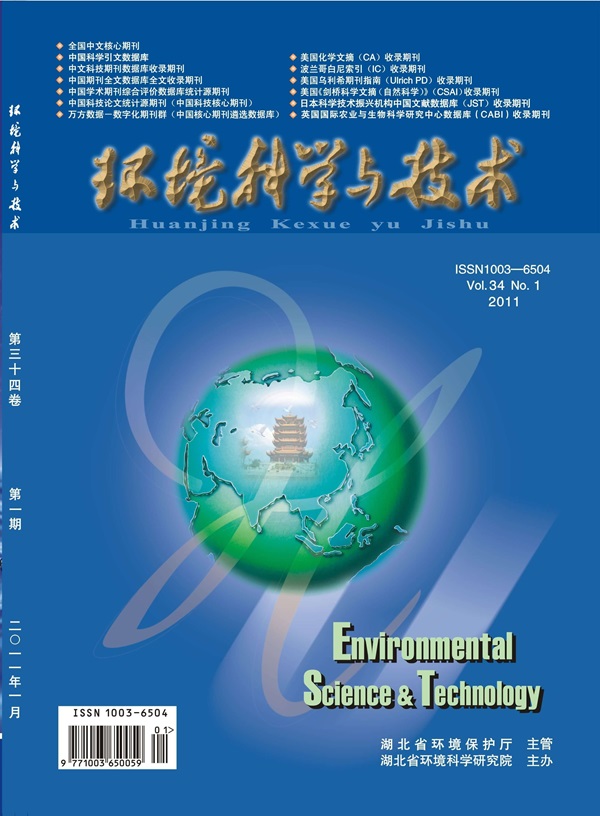Delineating Urbanicity and Rurality: Impact on Environmental Exposure Assessment
IF 10.8
1区 环境科学与生态学
Q1 ENGINEERING, ENVIRONMENTAL
引用次数: 0
Abstract
Environmental exposures and their health impacts can vary substantially between urban and rural areas. However, different methods for classifying these areas could lead to inconsistencies in environmental exposure and health studies, which are often overlooked. We constructed different urban/rural classification systems based on multiple population-based (e.g., total population, population density, and commuting) and built-environment-based (e.g., nighttime light intensity, building density, road density, distance to urban centers, point of interest density, and urban area coverage) indicators and various classification schemes. These classification systems were applied to Virginia and West Virginia, United States. We compared differences in urban/rural spatial patterns, demographic compositions, and exposures of particulate matter (PM2.5), greenspace, and land surface temperature using these urban/rural classification systems to understand their impacts on environmental exposure and health research. Our findings reveal clear differences in spatial patterns and demographic compositions across various systems. We also observed that different systems can lead to changes in the magnitude and direction of urban/rural disparities in environmental exposure assessment. Addressing the complexities in delineating urbanicity and rurality may include careful consideration of classification systems to reflect those aspects of urbanicity and rurality that are relevant to the research question or the use of multiple, complementary systems.

城市化与乡村化的划分:对环境暴露评估的影响
城市和农村地区的环境暴露及其对健康的影响可能存在很大差异。然而,对这些地区的不同分类方法可能会导致环境暴露和健康研究中的不一致性,这一点往往被忽视。我们根据多种基于人口(如总人口、人口密度和通勤)和基于建筑环境(如夜间光照强度、建筑密度、道路密度、与城市中心的距离、兴趣点密度和城市地区覆盖率)的指标和各种分类方案,构建了不同的城市/农村分类系统。这些分类系统适用于美国弗吉尼亚州和西弗吉尼亚州。我们利用这些城市/农村分类系统比较了城市/农村空间模式、人口构成以及颗粒物(PM2.5)、绿地和地表温度暴露的差异,以了解它们对环境暴露和健康研究的影响。我们的研究结果表明,不同系统的空间模式和人口构成存在明显差异。我们还观察到,不同的系统会导致环境暴露评估中城乡差异的程度和方向发生变化。要解决划分城市和农村的复杂性,可能需要仔细考虑分类系统,以反映与研究问题相关的城市和农村方面,或者使用多种互补系统。
本文章由计算机程序翻译,如有差异,请以英文原文为准。
求助全文
约1分钟内获得全文
求助全文
来源期刊

环境科学与技术
环境科学-工程:环境
CiteScore
17.50
自引率
9.60%
发文量
12359
审稿时长
2.8 months
期刊介绍:
Environmental Science & Technology (ES&T) is a co-sponsored academic and technical magazine by the Hubei Provincial Environmental Protection Bureau and the Hubei Provincial Academy of Environmental Sciences.
Environmental Science & Technology (ES&T) holds the status of Chinese core journals, scientific papers source journals of China, Chinese Science Citation Database source journals, and Chinese Academic Journal Comprehensive Evaluation Database source journals. This publication focuses on the academic field of environmental protection, featuring articles related to environmental protection and technical advancements.
 求助内容:
求助内容: 应助结果提醒方式:
应助结果提醒方式:


